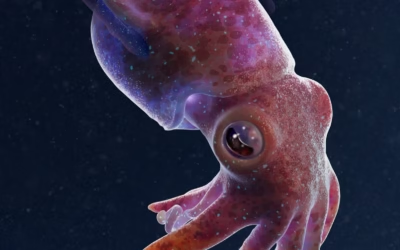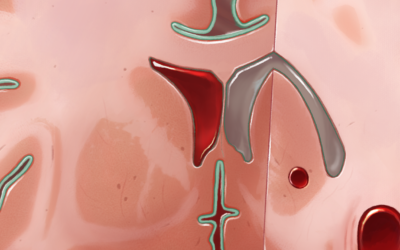A 2-page spread explaining the relationship between the Hawaiian bobtail squid and a luminescent bacteria, as well as the significance for studying this relationship.
Pathology of Diptheria
A poster showcasing the disease diphtheria and detailing the mechanism of action of the A/B toxin responsible for the illness. The left side presents an overview of diphtheria, while the right side illustrates how the A/B toxin interacts with cells, disrupting ribosomes and leading to cell death.
Neobladder Creation
This series of four slides illustrates the creation of a neobladder using the da Vinci robotic system, typically performed for bladder cancer. The procedure involves removing the bladder and, in male patients, the prostate, then creating a new bladder from a section of the small intestine. The main steps—suturing the posterior and anterior plates, ureter implantation, and the completed neobladder—are depicted for use in a video abstract.
Patient Education – Neobladder Creation
This patient education piece was created for a lay audience to explain what a neobladder is, and the basic strokes of the surgery.
Proximal Hypospadias Repair
This illustration is part of a series on proximal hypospadias repair, specifically highlighting the creation of a neourethra using skin from the ventral side of the penis, along with the suturing techniques.
Haspin Binding to DNA Supergroove
A cover submitted to Nature Structural & Molecular Biology by the Wolberger Lab at Johns Hopkins University. This illustration shows a histone-modifying enzyme, Haspin, that has a novel binding location.
“Wrong Song” Nature Cover
A mock Nature journal cover for the article “The hidden fitness of the male zebra finch courtship song.”
Intracranial Hemorrhage Compartments
Full illustrationClientDr. Haris Sair, Lydia GreggYear2024MediaAdobe PhotoshopDescriptionThis illustration showcases...
Anatomy of the Tobacco Hornworm
Informational posterClientNorm BarkerYear2024MediaPhotography, Lightroom, Adobe PhotoshopDescriptionUsing a macro...









